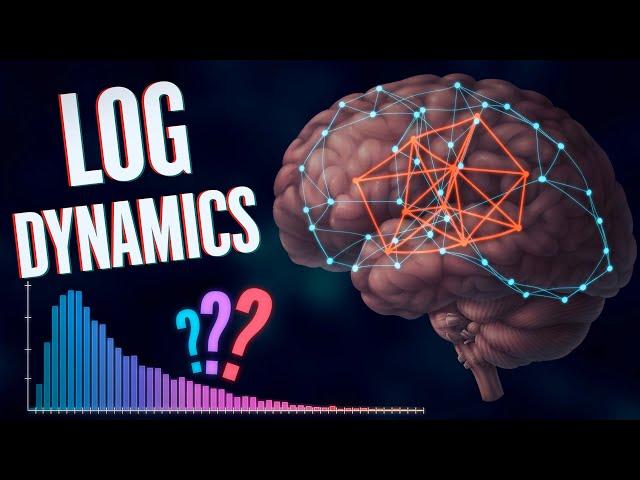Комментарии:
Logarithmic nature of the brain
Artem Kirsanov
4+ Hour Long Full Episodes Compilation! - The Beginners Bible
The Beginners Bible
P. Lion -- Happy Children Video HQ
Mystic Plug Records II
How to play Sleeping Beauty - SmartGames
SmartGames
Aauna Paina Ghara Promo | Yagya Sapkota | Janata Digital
HighlightsNepal
FASTEST Minecraft Build EVER! You WON'T Believe This!
Block Horizon
Connecting with COSI: High wire unicycle
NBC4 Columbus
«Конец Вечности»: руководство по выживанию | World of Warcraft: Shadowlands
World of Warcraft RU



























